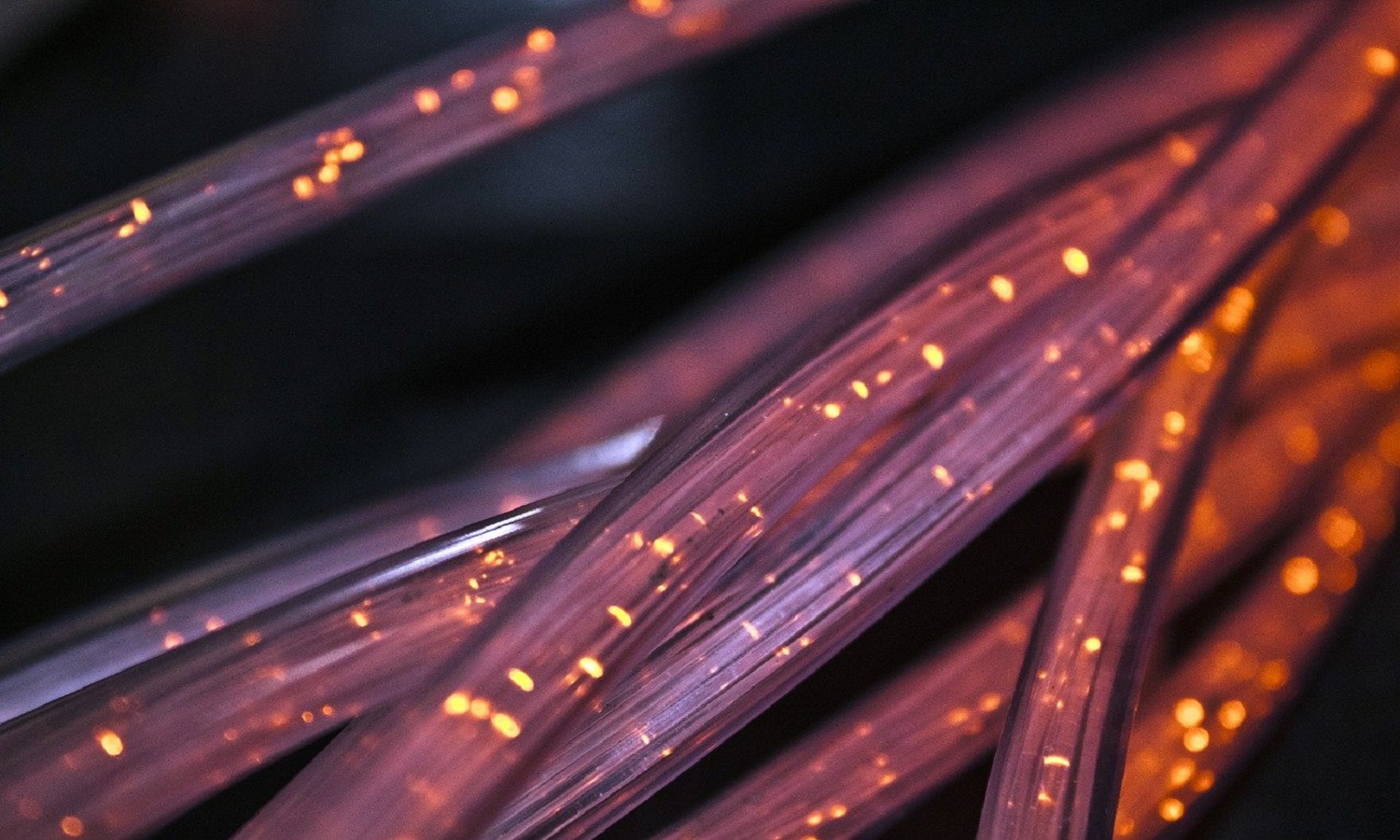In various networks, special cables are used to transfer information – twisted pair and fiber optic. Is it possible to choose one thing, what is their purpose, what are their differences, advantages and disadvantages – let’s figure it out.
Optical Fiber Manufacturing
Norman French, an engineer at AT&T, received a patent for data transmission by means of light in fiber in 1934, but the first laser and signal receiver did not appear until 1962. The commercial use of such cables began only in the 80s, when the problem of fast attenuation was solved.
Optical fiber is a filament made of a transparent material – glass or plastic. The cable consists of a core in which light travels and a sheath with a different refractive index.
To check if the Fiber connection is available in your area, please go to Verifica copertura fibra.
The thickness of the core depends on how many beams (modes) will be transmitted through the cable.
Fiber optic production is a complex and high-tech process. In Russia, the first plant appeared in 2015 in Saransk. The eight-story building Saranskkabel-Optics houses a vertical production line. It all starts with special preforms (blanks), which are heated up to 2,000 degrees Celsius with the help of a powerful oven. From the oven, a fiber with a thickness of 125 microns is already coming out.
Next, the threads are coated with acrylate and treated with ultraviolet lamps to harden. The output is a finished fiber-optic cable. The process is almost continuous, and the thread moves through all eight floors at a speed of up to 1,700 meters per minute. At the output, small spools of fiber are formed, ready.
Features of the Production of Twisted Pair
The twisted pair cable was created by Alexander Bell in 1881, and already in 1900 it was widely used in telephone lines in the United States. As the name suggests, this type of cable uses multiple twisted pairs – two insulated conductors twisted at a specific pitch. This design decision was made to reduce electromagnetic interference from external sources. In twisted pair, additional layers can also be used to protect against external interference.
The creation of a twisted pair begins with huge spools of copper wire that conduct the electrical signal. Each copper strand with a diameter of 7.8 mm is wound on a system of several rollers and stretched to 0.4-0.6 mm. The pulling process makes it possible to obtain more than 1.5 km of wire from 160 meters of copper rod.
In the next step, the copper is covered with plastic insulator of different colors. It is made from a non-combustible polypropylene composition, which is supplied to production in the form of granules. Then each cable is coiled in color on separate spools. Then, using a special machine, one twisted pair is created from two conductors, and then four or more twisted pairs are connected into one cable with subsequent shielding.
At the end of production, the finished cables are rolled into spools and packaged for shipping. According to a study by DISCOVERY Research Group for 2019, the volume of the Russian LAN cable market was 570,330 kilometers. This is enough to cover the entire Earth at the equator 14 times.




